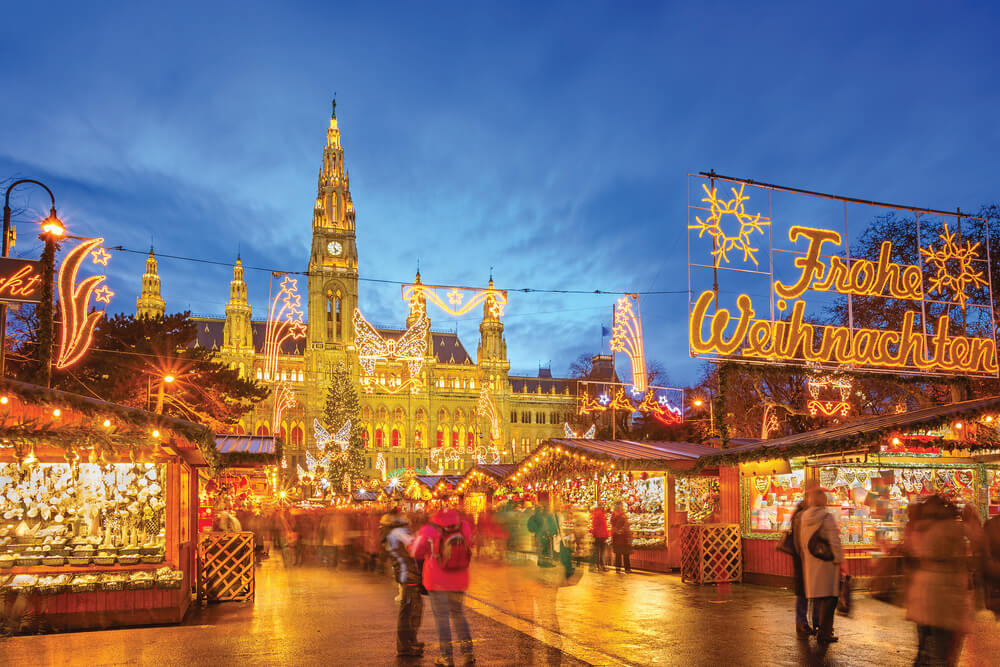Night markets have become a growing part of Europe’s urban culture. They sit somewhere between a social event and a public dining hall, changing how people spend their evenings. While browsing new street food or enjoying a live band, some visitors even take a break to check online diversions like the lucky 7 bet, reflecting how leisure time now mixes with both the digital and the physical. The rise of night markets tells a larger story about how European cities use their public spaces after dark.
The Shift Toward Evening Economies
Over the past decade, city planners have recognized that night activity supports both tourism and local life. Markets that open after sunset extend the working day for small vendors and create low-cost entertainment for residents. In many cities, these markets operate in old industrial or waterfront areas that once closed at dusk. Now, they attract people who want to eat, meet friends, and listen to music without entering formal restaurants or bars.
The appeal is simple: people feel more relaxed outdoors. They can try different food, move around freely, and spend as much or as little time as they like. These markets are not just about consumption; they’re about public presence.
Food as the Core Attraction
Street food forms the heart of most European night markets. Rather than large portions or luxury menus, vendors offer small servings that allow visitors to sample several cuisines in one evening. It’s a model borrowed partly from Asia but adjusted to European tastes.
In southern Europe, seafood grills and regional specialties dominate. In the north, visitors often find seasonal soups, open sandwiches, or stews. Many markets now include vegan or experimental food stalls to attract a broader audience. The format lets cooks experiment without high risk, turning night markets into informal testing grounds for new recipes.
There’s also an economic reason for this setup. Lower stall rents and shared facilities reduce overhead costs, allowing younger entrepreneurs to enter the food industry. The result is a mix of professional chefs, family-run stands, and newcomers who treat the market as a side project.
The Role of Music and Performance
Music plays an essential role in defining the atmosphere. Live bands, street performers, or DJs create a rhythm that keeps people moving through the market rather than staying in one place. The sound is not only entertainment but also a kind of navigation system. People follow the music toward central spaces where crowds gather.
What distinguishes European night markets from their counterparts in Asia is the balance between activity and rest. Visitors are not always in a hurry; they take time to talk, listen, and sometimes dance. This social rhythm supports the idea that night markets are not just commercial zones but cultural spaces.
Local Identity and Tourism
Every market reflects its city’s identity. In Lisbon, for instance, a night market might combine seafood stalls with open-air fado music. In Berlin, it could feature experimental electronic sounds beside food trucks serving dishes from across the world. The blend depends on the neighborhood and the community behind it.
Tourists often use these markets as entry points to understand local culture. Prices are lower than restaurants, and the informal setting encourages conversation. Locals, on the other hand, see them as an alternative to crowded nightlife areas. They allow for social contact without the noise of bars or clubs.
This dual audience—residents and visitors—gives night markets their strength. They bridge the gap between the local and the global, showing how everyday life can coexist with tourism.
Economics and Regulation
Running a night market involves more than renting stalls. Local governments must manage noise, waste, and safety while keeping the atmosphere informal. Some cities limit operating hours; others issue temporary licenses during summer months.
Despite these challenges, most municipalities support the concept because night markets stimulate local economies. They bring revenue to surrounding shops, improve security through public presence, and create small-scale employment. For many workers, these events provide extra income in a flexible schedule, something increasingly valued in post-pandemic Europe.
The Social Side of Night Markets
Perhaps the most overlooked aspect of night markets is their role in building community. They attract diverse groups—students, families, older residents—who rarely share the same space elsewhere. The mix of food, sound, and light lowers social barriers.
Unlike festivals or concerts, entry is usually free. This openness makes night markets inclusive by design. Even those who don’t spend much money participate through presence: walking, watching, and talking. Sociologists often describe such spaces as “temporary commons”—areas that exist only for a few hours but generate a sense of belonging.
Sustainability and the Future
One emerging issue is sustainability. Markets that run weekly produce waste, especially from disposable plates and cups. Many now encourage reusable containers or deposit systems. Some cities test circular models where leftover food supports local charities.
The future of Europe’s night markets likely lies in balance. They must remain spontaneous while staying organized enough to survive regulation. Too much control could reduce their charm; too little could lead to disorder. Finding that line will define their next decade.
Conclusion
Night markets have moved beyond novelty. They are now an established part of Europe’s cultural and economic life. What started as small evening gatherings has become a model for how urban spaces can stay active without relying on bars or clubs.
Food remains the entry point, but the deeper appeal lies in connection—between strangers, between local producers and their communities, and between old habits and new forms of leisure. Whether in a capital city or a smaller town, the night market offers a place to pause, taste, and listen—proof that public life doesn’t end when the sun goes down.

